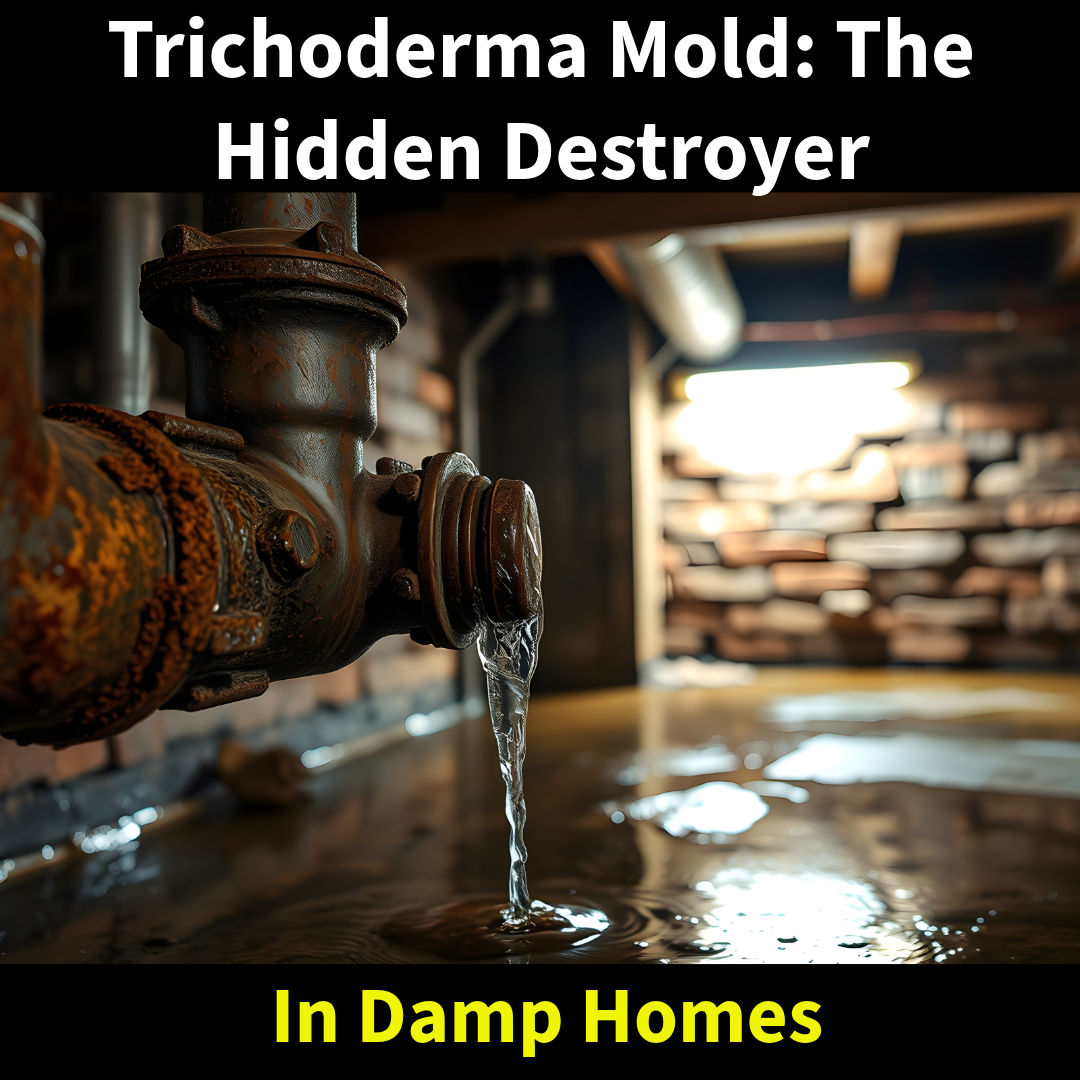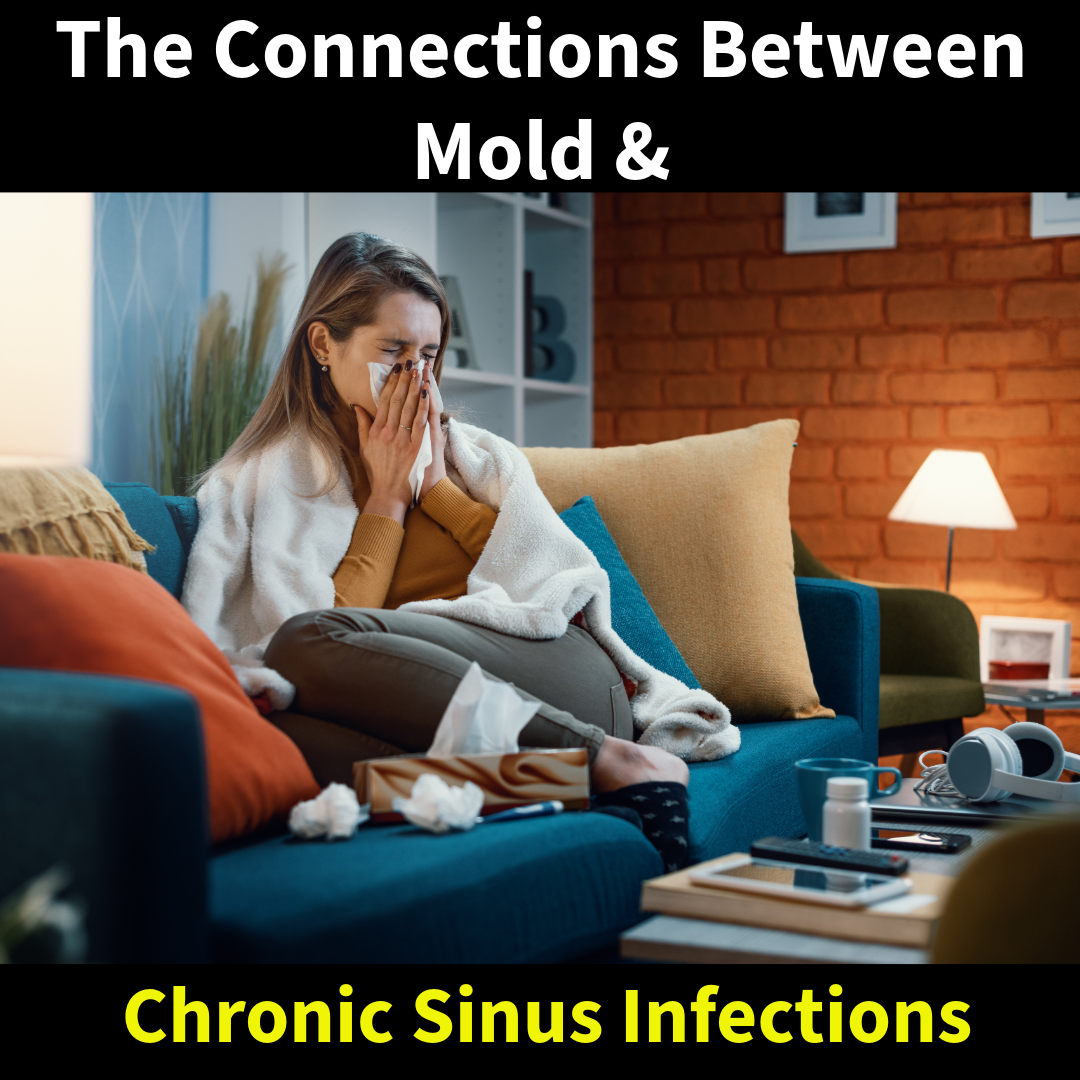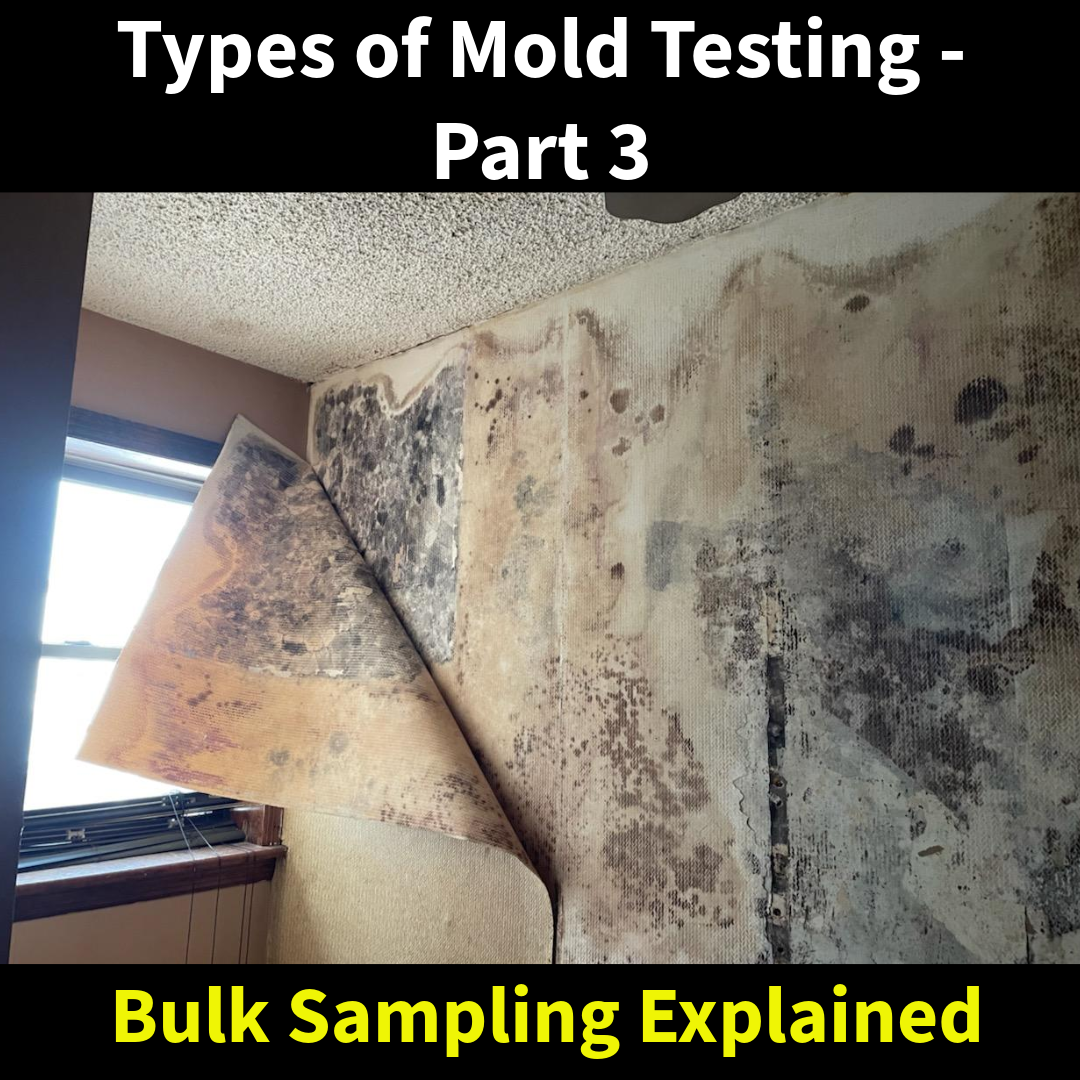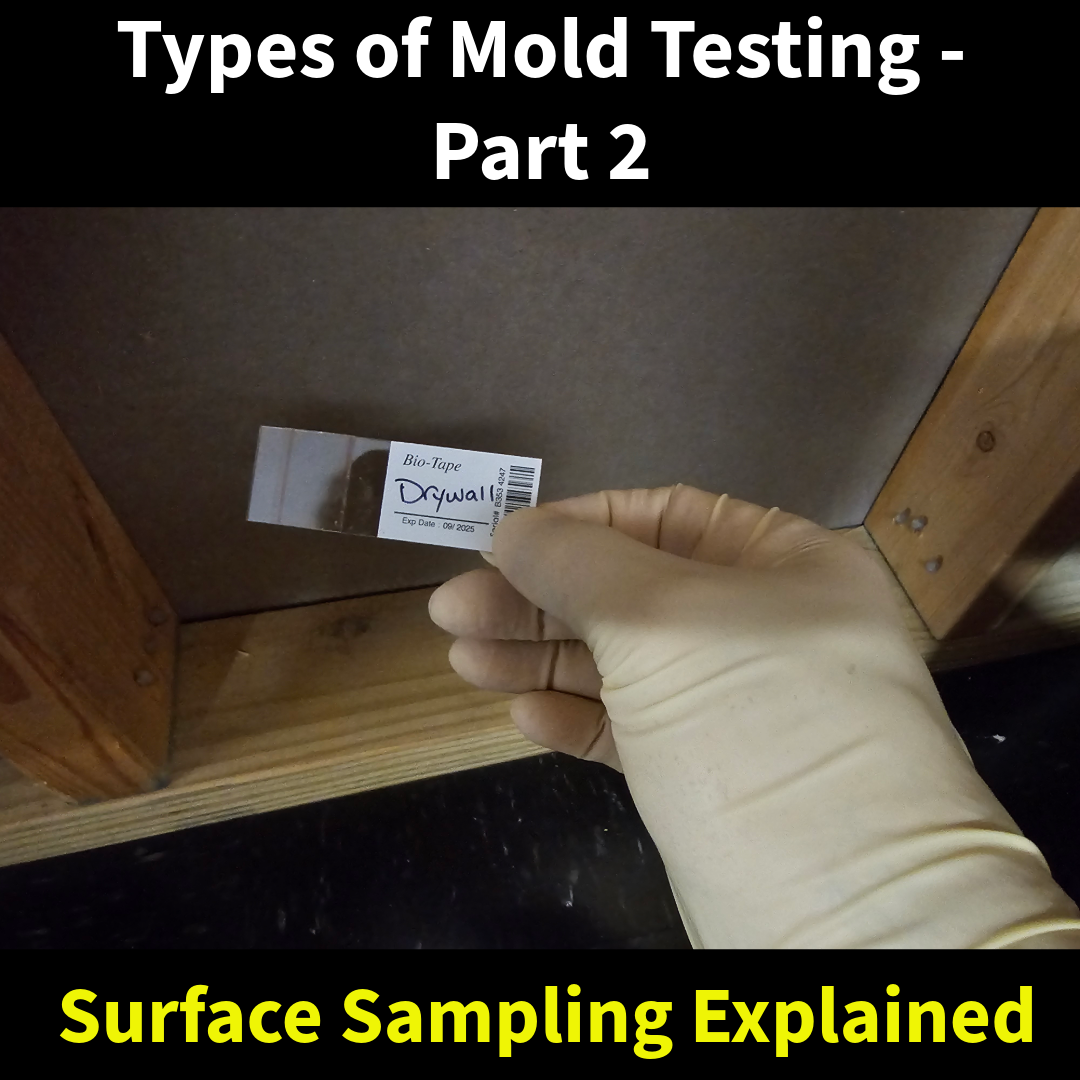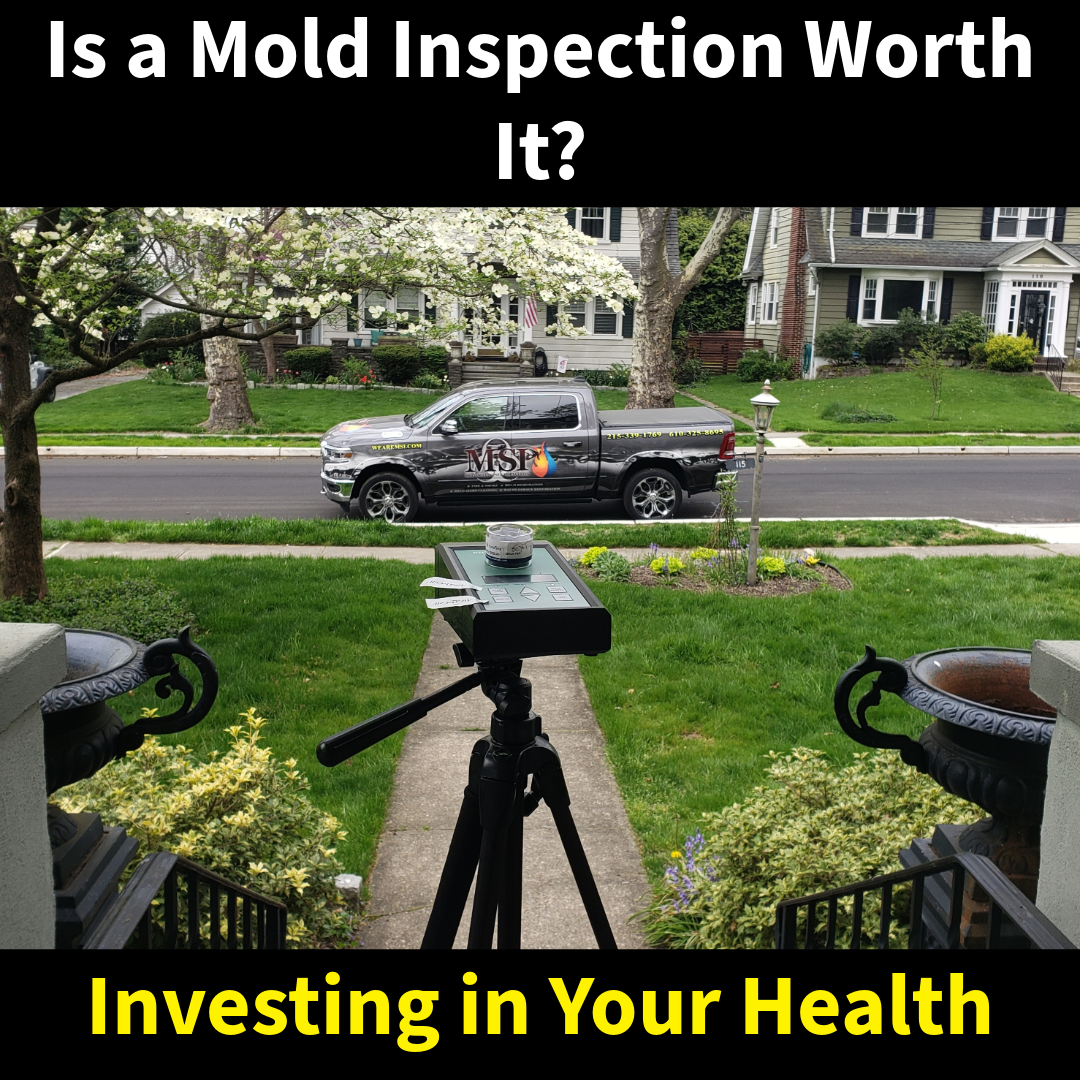When most people think of mold, they imagine the infamous black streaks of Stachybotrys. But there’s another aggressive species that often goes unnoticed — Trichoderma. Found in damp, humid environments, this fast-growing greenish-white mold doesn’t just damage property; it can also threaten indoor air quality and health.
What Is Trichoderma?
Trichoderma (pronounced TRY-ko-DER-ma) is a common environmental mold that naturally lives in soil and decaying wood. While harmless outdoors, when it finds its way into damp building materials — like wet drywall, insulation, carpet padding, or subfloors — it can become destructive.
It thrives in humidity and moisture, quickly colonizing cellulose-based materials (anything made from plant fibers, such as paper, wood, or carpet backing). Once it begins to spread, Trichoderma releases enzymes that break down organic matter — literally eating away at a home’s structure.
Where It Grows
You’ll typically find Trichoderma in places with persistent or hidden moisture, including:
✔️ Basements and crawl spaces
✔️ Behind drywall after leaks
✔️ Around HVAC systems and vents
✔️ On or under bathroom floors
✔️ Behind kitchen sinks and dishwashers
In many cases, homeowners don’t see the mold itself — only the symptoms: musty odors, soft or warped drywall, or unexplained allergy issues.
Health Risks of Trichoderma Exposure
While Trichoderma is not as toxic as Stachybotrys, it still poses health risks — especially for people with allergies, asthma, or weakened immune systems.
Exposure may cause:
- Sneezing, coughing, or sore throat
- Skin irritation and redness
- Itchy or watery eyes
- Aggravated asthma symptoms
In rare cases, certain species like Trichoderma longibrachiatum have been linked to serious infections in individuals with compromised immunity. Even without infection, prolonged exposure to airborne spores can impact respiratory health and worsen preexisting conditions.
Why It’s Dangerous for Homes
Unlike surface mold, Trichoderma can grow deep inside building materials — meaning even if you clean the visible mold, it may still exist behind walls or under floors.
Because it spreads through microscopic spores and thrives in moisture, it’s often a sign of a larger water problem, such as:
- Hidden plumbing leaks
- High humidity from poor ventilation
- Water seepage in basements or crawl spaces
If untreated, Trichoderma can weaken framing, drywall, and subflooring — and cause thousands of dollars in structural damage.
The Right Way to Remove It
DIY cleaning or “mold sprays” won’t stop Trichoderma. Proper remediation requires:
- Identifying and fixing the moisture source
- Containment and HEPA filtration to prevent cross-contamination
- Abrasive cleaning and disinfecting affected surfaces
- Encapsulation of remaining materials to prevent regrowth
Professional remediation teams like MSI use certified methods that meet IICRC standards, ensuring your home is safe, clean, and protected against future growth.
In Closing
Not all molds look alike — and not all require the same cleanup approach. Trichoderma spreads fast, hides deep, and damages more than just the surface. If you notice musty odors or see greenish mold growth in damp areas, it’s time for a professional inspection.
Call MSI for certified mold testing and remediation. Protect your home, your health, and your peace of mind.
📞 215-339-1769 | 877-712-1600 | wearemsi.com
